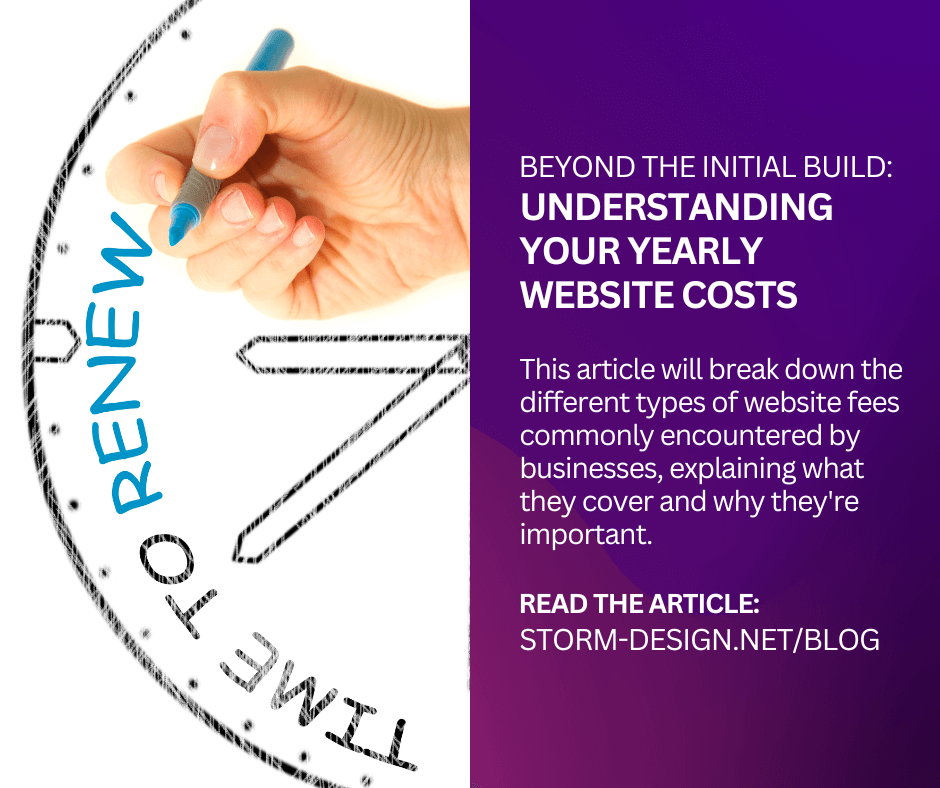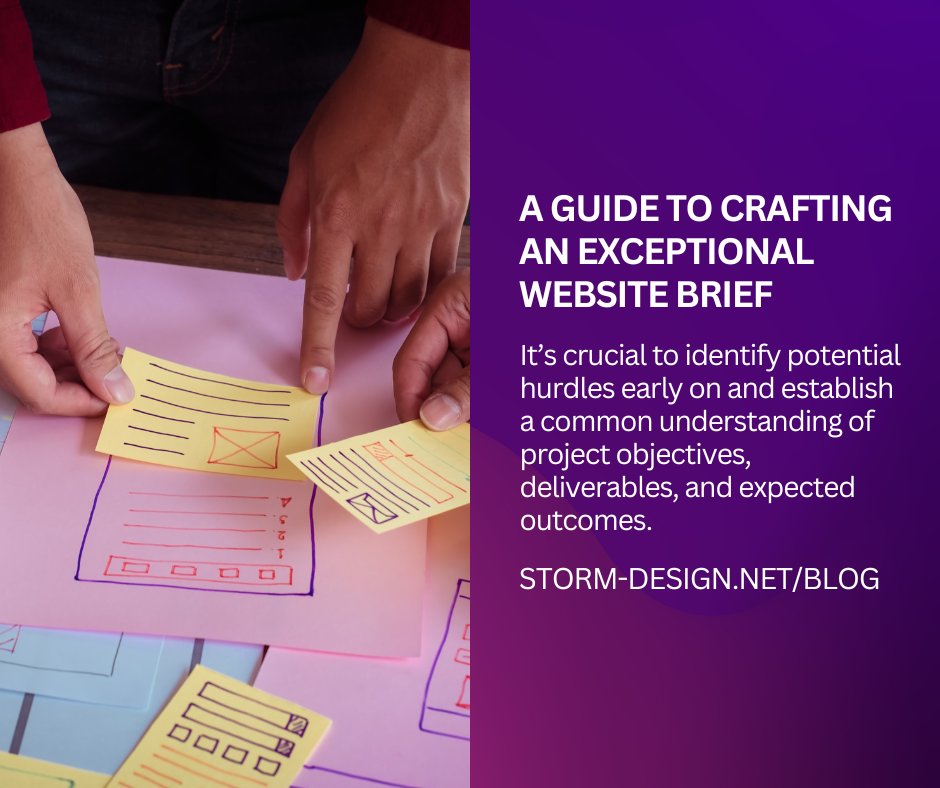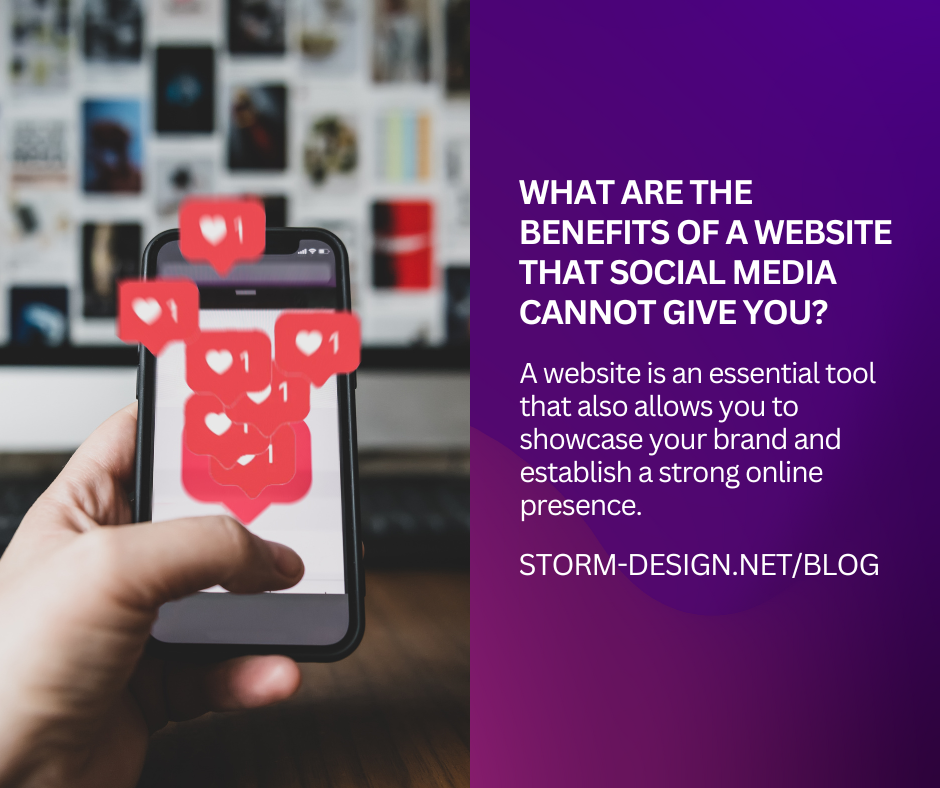Beyond the Initial Build: Understanding Your Yearly Website Costs

Your website is a powerful tool for attracting customers, building brand awareness, and driving growth for your business. But just like any valuable asset, it requires ongoing care and maintenance to function optimally. This translates to annual fees that might seem complex at first glance. Fear not! This article will break down the different types […]
A Guide to Crafting an Exceptional Website Brief

Crafting a well-written website design brief is essential for achieving success in your web design project. Ensure your project’s success with a well-crafted design brief. Starting a web design project can be a daunting task, especially without effective project management systems in place. It’s crucial to identify potential hurdles early on and establish a common […]
What are the benefits of a website that Social Media cannot give you?

A professional website for your business, organisation, project or even for an individual can offer several valuable benefits. Firstly, your target audience expects a website, and it serves as a compelling, engaging, and inviting medium through which you can showcase your products, services, project and so much more. Instead of relying on endless posts and […]
How can Blockchain help my business?
Blockchain, cryptocurrency, and Bitcoin are buzzwords that have been around for a while but have been subject to considerable hype and speculation in the last couple of years. It is easy to concentrate on other things until this hype and speculation settles down and genuine accurate insights emerge. Let’s take a deep yet understandable dive […]
My Website is Down… What Do I Do?
Sometimes websites go down, and it happens for a variety of reasons. Many are resolved in a few minutes and there is no action needed from anyone, and often the issue is with a third party, such as your internet service provider for example. In this post we look at what to do should your […]
What is Web Hosting?
Web hosting together with a domain name and a content management system, are the three fundamental elements needed to begin, operate, and maintain a website. This article focuses on web hosting and explains why it is needed if you are planning to start your own website. Web Hosting and Servers The key aspect to remember […]
What is a Domain Name?
Together with web hosting and a content management system, domain names are fundamental to starting your own website. This article discusses domain names, and the differences between domain types. Read on to discover which domain name is right for your site. What are Domain Names? Put simply a domain name is the name of your […]
What is a Content Management System (CMS)?
[vc_row][vc_column][vc_column_text] An Introduction to Content Management Systems This article discusses content management systems in relation to web design. Specifically what they are and how they are used. If you are planning to launch a website or simply conducting research about content management systems, read on and discover how and why content management systems are fundamental […]